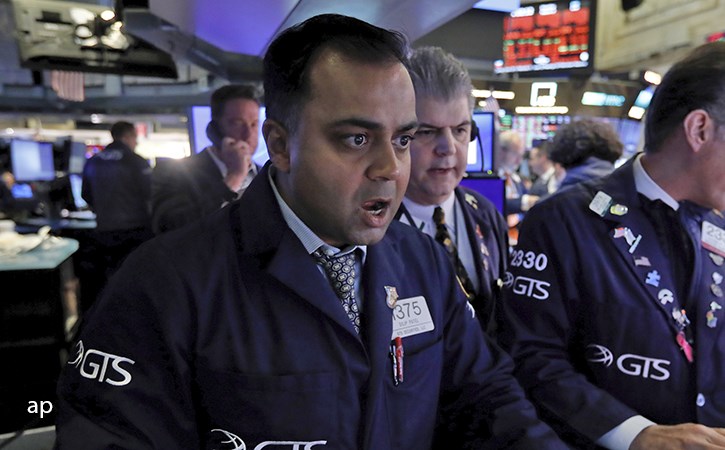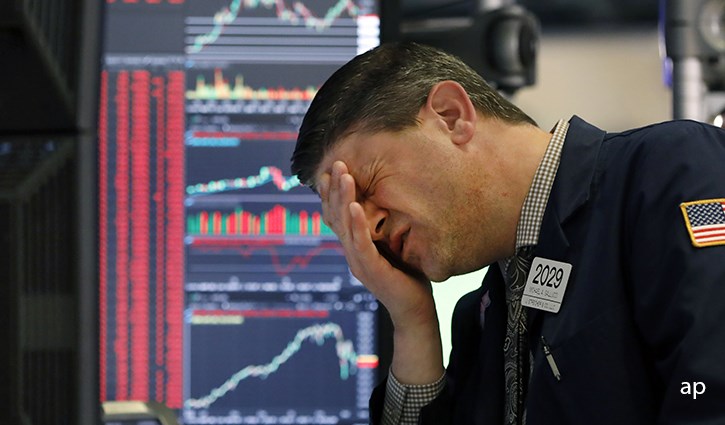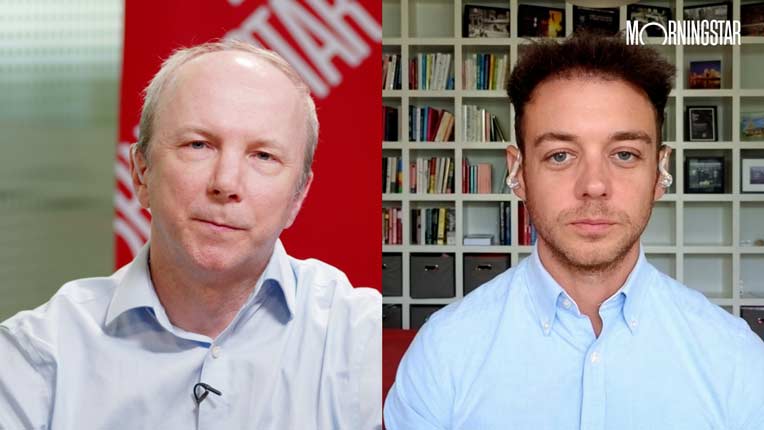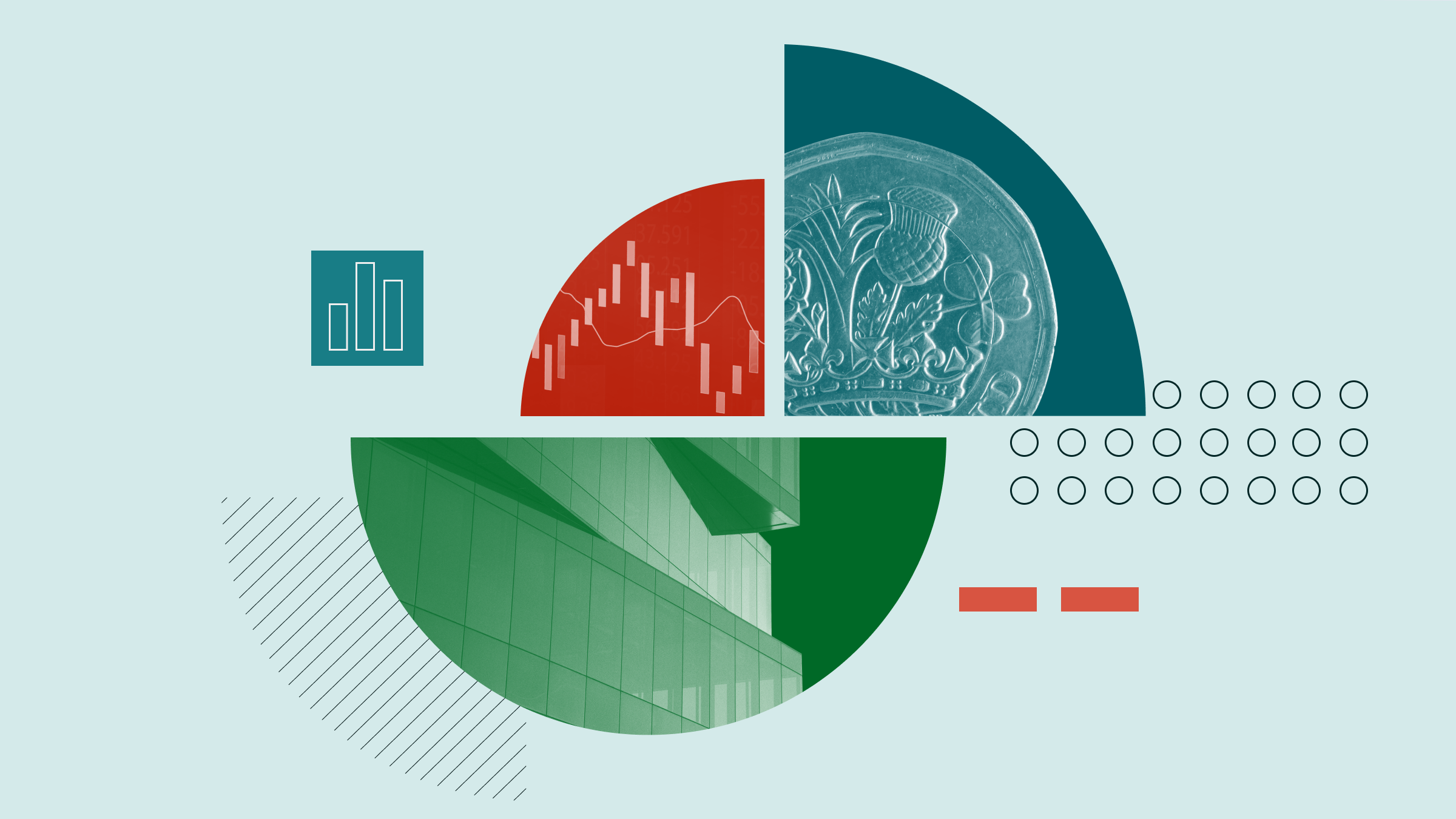
Investors are right to feel jittery. The potential of war in Ukraine, unusually high inflation and the lingering impact of the pandemic all pose significant risks to future economic growth. It is therefore unsurprising that asset prices have increased in volatility, with the full spectrum of “buy the dip” optimists through to “seek shelter” pessimists. So, we’re in an all-too-common situation where investors (and speculators) attempt to discern the correct price of these risks, creating heightened loss aversion for as long as the uncertainty exists.
As is often the case at these inflection point, many will ask: is this time different? In today’s case, it is different in the details from what we’ve experienced in the past, but the way investors are responding is arguably consistent with what we’ve seen in other periods of volatility. First, let’s start with the unique aspects of the current situation. Primarily, investors are being asked to weigh downside risks against strong profitability, low unemployment and plentiful support from governments and central banks — with the unwinding of unprecedented stimulus a challenge we’ve never faced.
Emotional Responses
Some are also saying Europe is closer to war than at any point in 70 years, which is sure to give people goosebumps. However, now let’s turn to what is similar to the past. Periods of sharp price movements tend to trigger an emotional response from investors as we perceive such movements as a threat to us. When faced with the perception of such a threat, we tend to display a "flight, fright or freeze" response. These various responses result in particular behaviours in investors, which are consistent with what we saw in past bouts of uncertainty— including in 2000, 2008 and 2020.
What exactly do we mean by that? In financial markets asset prices are set by transactions. Volatility in prices therefore indicates that transactions are occurring across a wide range of prices. This suggests that investors are unsure about the intrinsic value of an assets given the current confluence of risks. Those who display the "fight" response are most likely to increase their trading activity during this period, confidently buying assets that have fallen in the expectation that they will recover, with little thought to the intrinsic value of those positions.
Those more vulnerable to the "flight" response, will likely sell their entire portfolio and subsequently tend to remain under-invested for far too long. Those who "freeze" will do nothing even when the intrinsic value of their assets are changing. Each of these responses places too much emphasis on near-term price movements leading to potentially devastating consequences for the long-term financial health of the investor.
The key to staying a step ahead is to focus on the intrinsic value of the asset, as over the long-term prices converge with that value. This was something Benjamin Graham famously called Mr Market, which was notably supported by Warren Buffett. Sometimes the prevailing price offered by Mr Market (the current price available) will be above that intrinsic value and sometimes below. Herein lies opportunity.
Time and Focus
“The intelligent investor is a realist who buys from pessimists and sells to optimists,” Graham said. This intelligent way of handling volatility also provides an opportunity for the investor to re-invest proceeds into more attractive opportunities, improving the reward-for-the risk of a portfolio. The catch is that the intrinsic value of an asset is incredibly difficult to establish, and consequently, the focus of the real investor is on understanding the long-term drivers of that value and the risks to which it is subject. Such detailed work takes time, focus and resources. It is world away from monitoring and reacting to every twist and turn in the mood of Mr Market that is so prevalent.
So, how are we reacting to the threat of a downturn? As we move through this latest period of market volatility, Morningstar Investment Management's 90-strong investment team continue to prioritise research over reaction, digging deeply into the risks and opportunities presented by the 500+ asset classes we cover in order to identify those that are unusually attractive or unattractive.
Alongside this, the portfolio managers are continually testing the portfolios by simulating different scenarios to ensure that they remain robust to a broad range of potential economic outcomes rather than simply those that dominate the deadlines today.




























